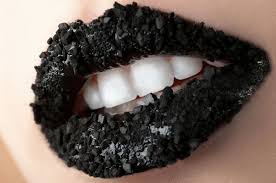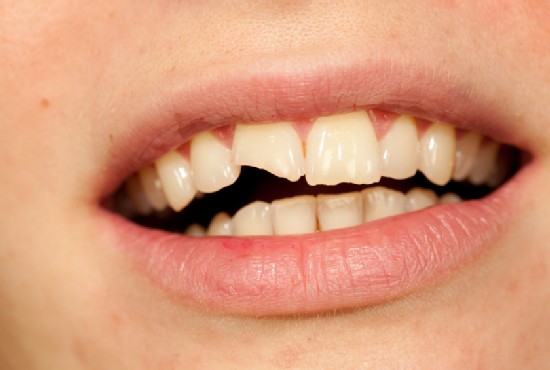Avoiding Tooth Decay and Cavities

Gum Disease: A Very Common Problem
April 20, 2015
What To Do When Your Child Knocks A Tooth
June 5, 2015 Statistics have shown us that even with the greatest oral health care, most people will end up with a cavity during their lifetime particularly during childhood and their younger years. However, it is possible to reduce the amount of decay and the number of cavities you end up needing filled over the years.
Statistics have shown us that even with the greatest oral health care, most people will end up with a cavity during their lifetime particularly during childhood and their younger years. However, it is possible to reduce the amount of decay and the number of cavities you end up needing filled over the years.
Tooth decay begins with the normal bacteria in your mouth, particularly the types of bacteria that can be found hiding in the plaque that clings to your teeth. Every time you eat, so do these bacteria and when they metabolize sugars and carbohydrates, the bacteria create acids that weaken the outer layer of your teeth (called tooth enamel). Depending upon the size of your cavity, treating tooth decay could mean a small, tooth-colored filling, or a more comprehensive treatment, such as root canal therapy.
Once the enamel around a tooth has been eroded by acids, the oral bacteria are then free to attack and infect the tooth’s structure, called dentin creating a cavity. As the infection grows, so does the cavity in your tooth – treating cavities requires treating and removing the the infection and then restoring the lost tooth structure.
If a cavity is caught early enough at the dentin, then treating the tooth decay would typically be accomplished by thoroughly cleaning away the bacteria and sanitizing the area. Once the tooth is sanitized, the dentist would fill the cavity with tooth-colored composite resin, which conforms to the shape of the cavity. The resin is bonded to the tooth’s surface and then cured and hardened with a special blue light to create a sturdy restoration and tight seal against decay-causing bacteria.
Although tooth decay can cause increasing tooth discomfort and pain, many patients hesitate or neglect to seek treatment in time to stop the condition from progressing. Because of the delay, severe tooth decay can attack an extensive amount of tooth structure, eventually reaching the nerves and blood vessels at its center. In such cases, a dental filling won’t be sufficient in treating the cavity, and root canal therapy may well be required to thoroughly eradicate the infection. If the cavity was very extensive and damaged the tooth’s structure, then the tooth may well need a dental crown to restore its strength and appearance, and to protect it from further damage.
Sugars and starches – also known as carbohydrates – are the kinds of foods most likely to cause tooth decay and cavities. We eat a lot of pastas, chips, crackers, etc. and drink many sweetened beverages. This type of diet has a massive impact on your teeth and your smile. Additionally, if you snack a lot, you have a higher risk of developing cavities because plaque is formed more frequently.
Avoid these types of foods and you will see a marked improvement in the health of your teeth! Eat plenty of fresh fruits and vegetables, and select lean proteins for meals. Drink water throughout the day, and save the soda, tea, coffee, and juice for special occasions or meal times (brushing after)!
Your first line of defense against tooth decay is the way you care for your teeth at home. Setting up a dental hygiene routine will give your smile the clean atmosphere it needs to stay healthier!
Brushing – Be sure you are brushing with a fluoridated toothpaste at least twice each day. Brush your teeth for at least two minutes at a time covering all surfaces of your teeth!
Flossing – Brushing is great for the majority of oral bacteria in your mouth, but flossing will help remove the bacteria that may still be hiding between your teeth and along the gum line that your brushing didn’t reach. Floss at least once each day, preferably after your evening meal before your final brushing of the day!
Rinsing – A cleansing rinse can be very helpful for patients who may struggle with decay or gum disease. Your dentist can help determine which type of rinse is best for you at your next dental appointment!
While your at-home care is important, the real difference between smiles that are free of cavities and those that aren’t is regular dental cleans. Dentists are able to clean your teeth deeper and more thoroughly removing any tatar that may have formed, while also checking for any signs of decay that can be treated before they progress into severe damage!
Professional Dental Cleaning – Dentists use special tools and instruments to remove plaque and bacteria from all surfaces of your teeth. They can even remove plaque and tartar from below your gum line to give you a healthier, cleaner smile!
Fluoride Treatment – For teeth that are struggling with weak enamel, your dentist may recommend a fluoride treatment after the clean. This is a simple exposure to highly-concentrated fluoride that can help stop decay in its tracks and give you back a healthy smile!
Dental Sealants – Some teeth have deep crevices or fissures that are difficult to clean. In this case your dentist may recommend the use of dental sealants – a thin layer of protection that can be used to cover these fissures and protect your teeth from harmful decay.
Are you ready to stop cavities in their tracks? Call us on (07) 5523 4090 to book your appointment or Book Online.




